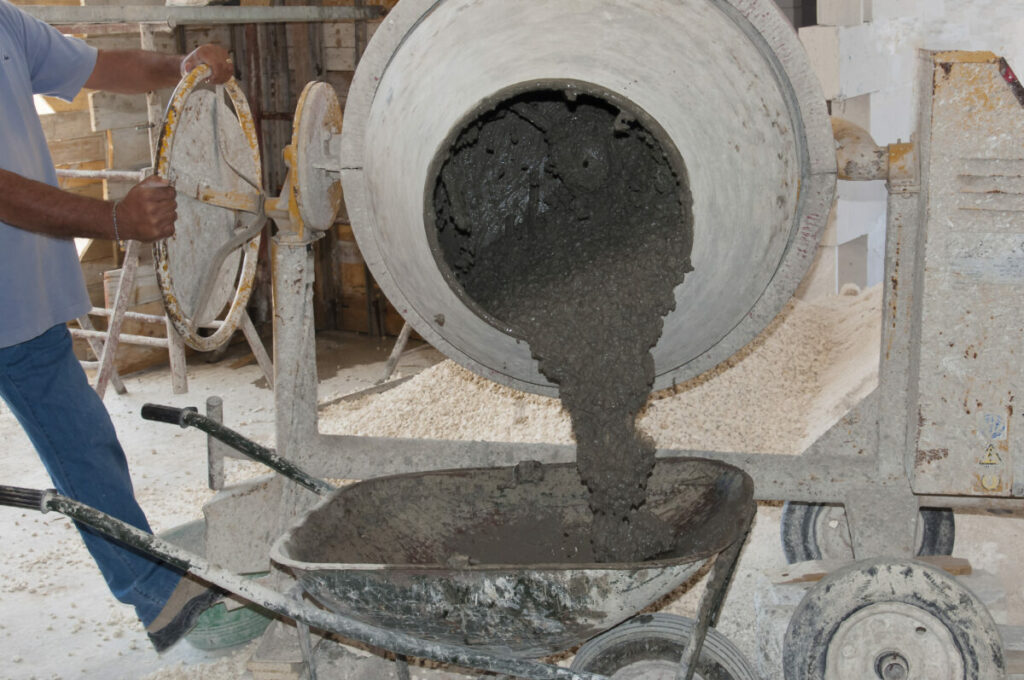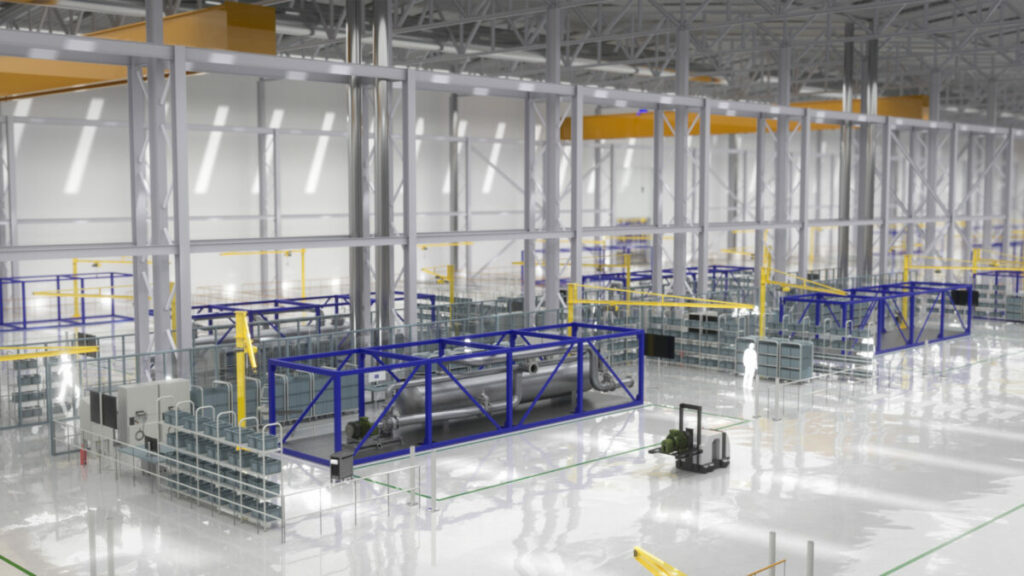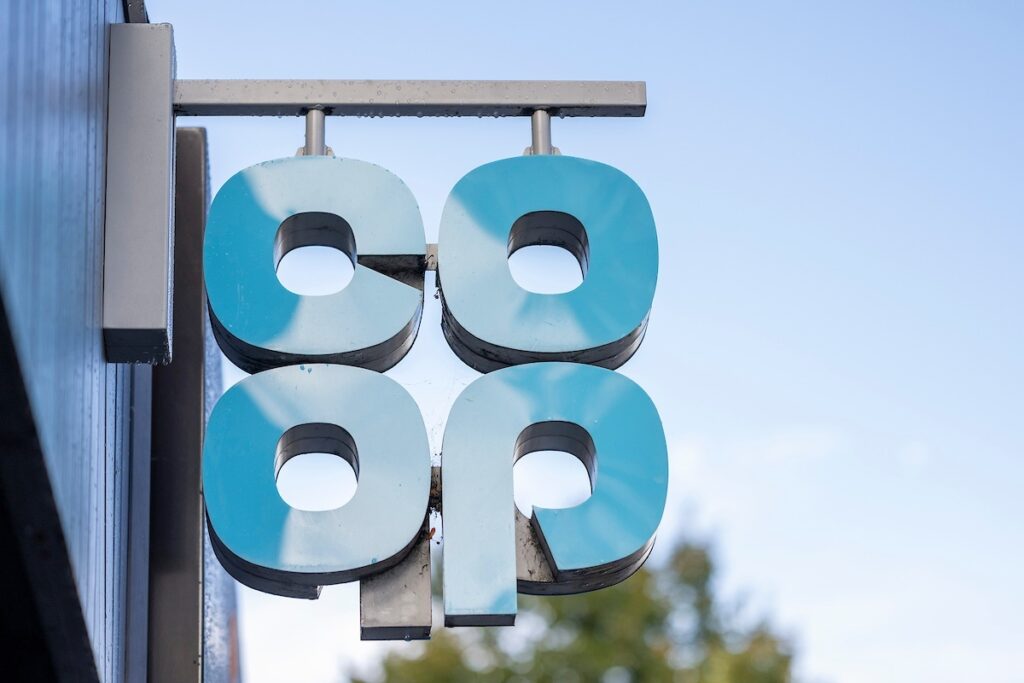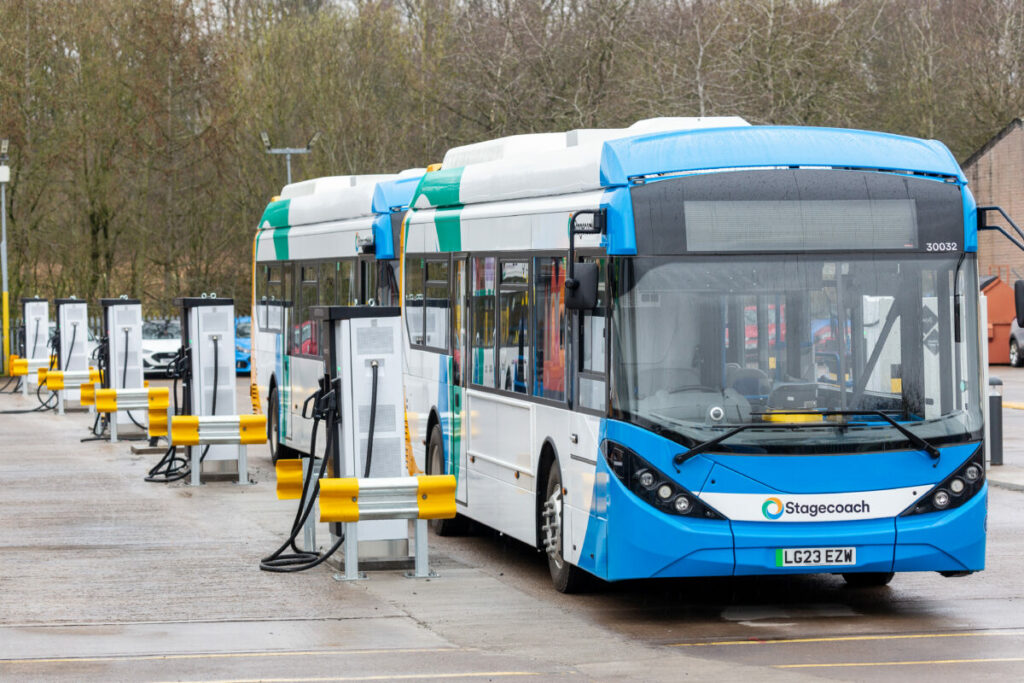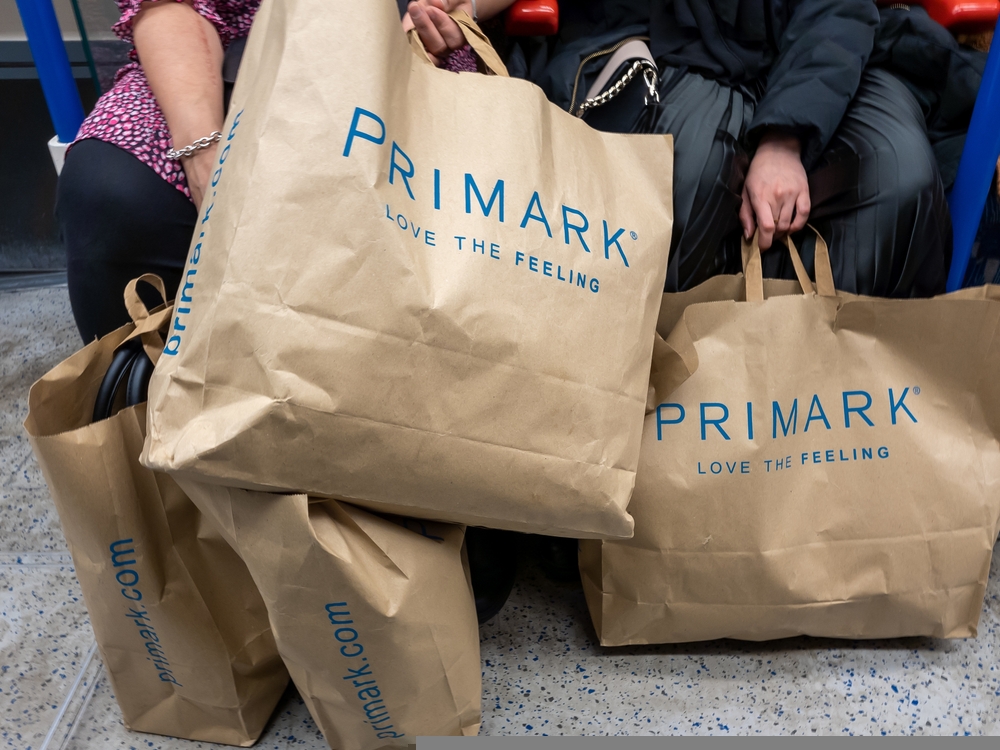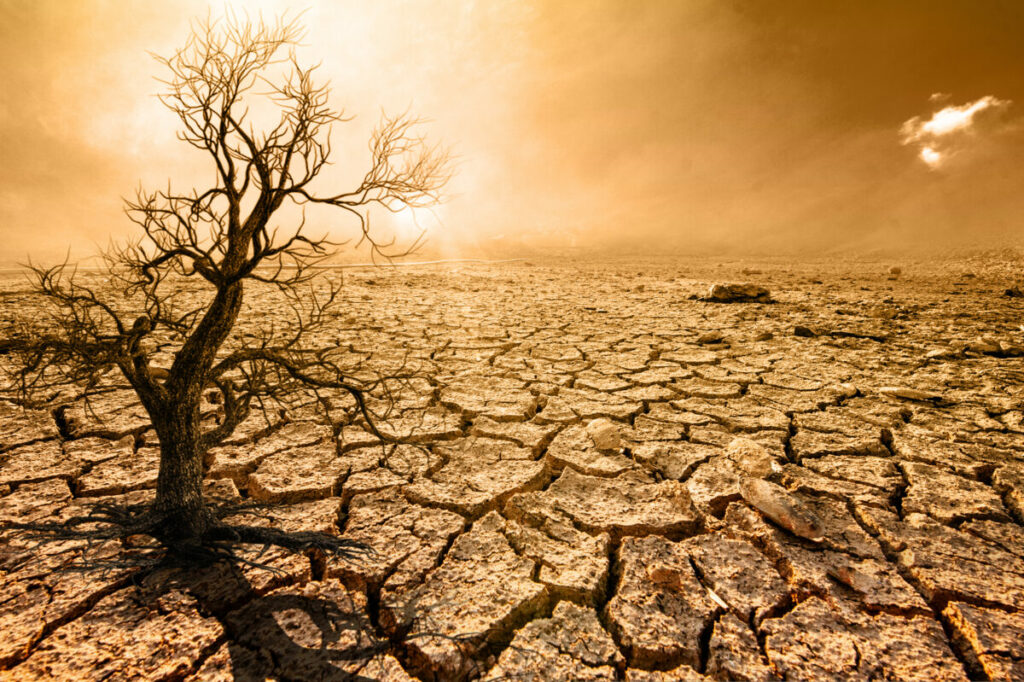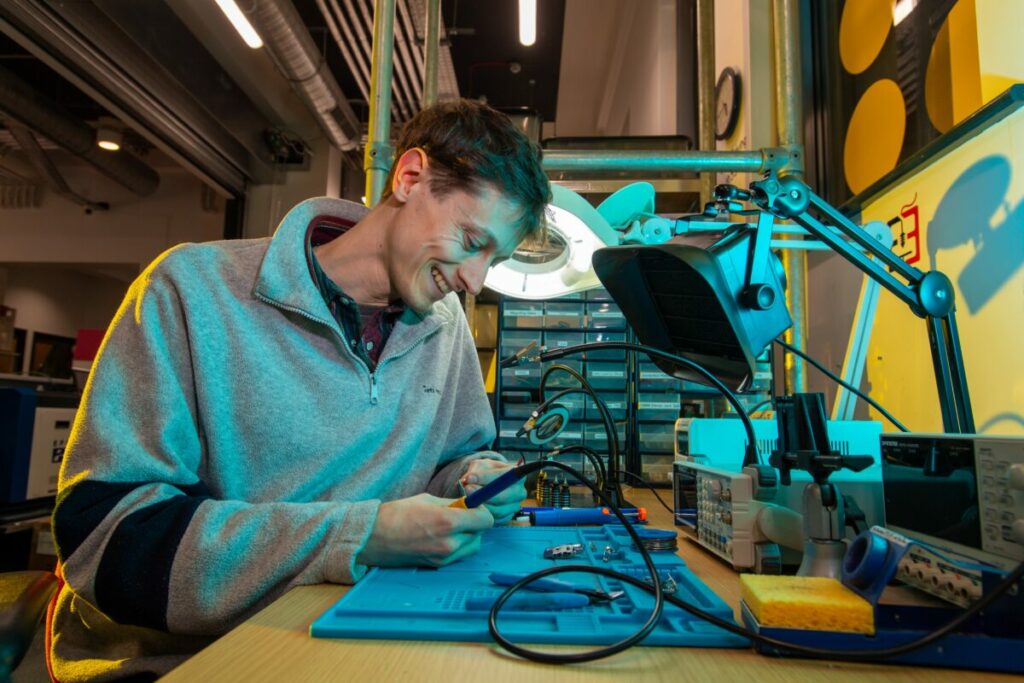Sustainable clothing brand BAM has created a new technology which aims to improve transparency in the textiles industry.
The new BAM DNA technology has been developed in collaboration with the sustainability platform Green Story, which gathers data on environmental performance.
The brand worked with Green Story to trace each of its items for a four-year period – reviewing greenhouse gas emissions and water consumption as well as assessing the environmental footprint per kilogram of each product and reviewing the impact of each element of the process.
A digital passport provides more detail about each element of the product journey.
Subscribe to Sustainability Beat for free
Sign up here to get the latest sustainability news sent straight to your inbox each morning
BAM’s sustainability and technical manager told Home of Direct Commerce: “It’s taken years and a huge amount of effort but we’re delighted to be launching BAM DNA in collaboration with Green Story, making the journey of our garments as transparent and accessible as we can for the people who buy them.”
“Other brands talk a lot about what fabrics they use and where they’re sewn, but often there’s nothing about the fabric processing, how the raw materials are harvested, who and what turns that crop into a yarn, or even what the raw materials are,” she continued.
“They’re telling only a small part of the story, whereas we’ve got nothing to hide and don’t shy away from the tricky stuff. This total transparency means our customers can hold us to account.”
Green Story president Akhvil Sivanandan said BAM has “set the standard on the level of traceability”, and has “gone above and beyond” in engaging with its supply chains and working to understand each step.
“And with our pioneering impact assessment system, they are able to measure the impact of each of these steps. We’re excited to develop this even further with our pioneering development partners”.




